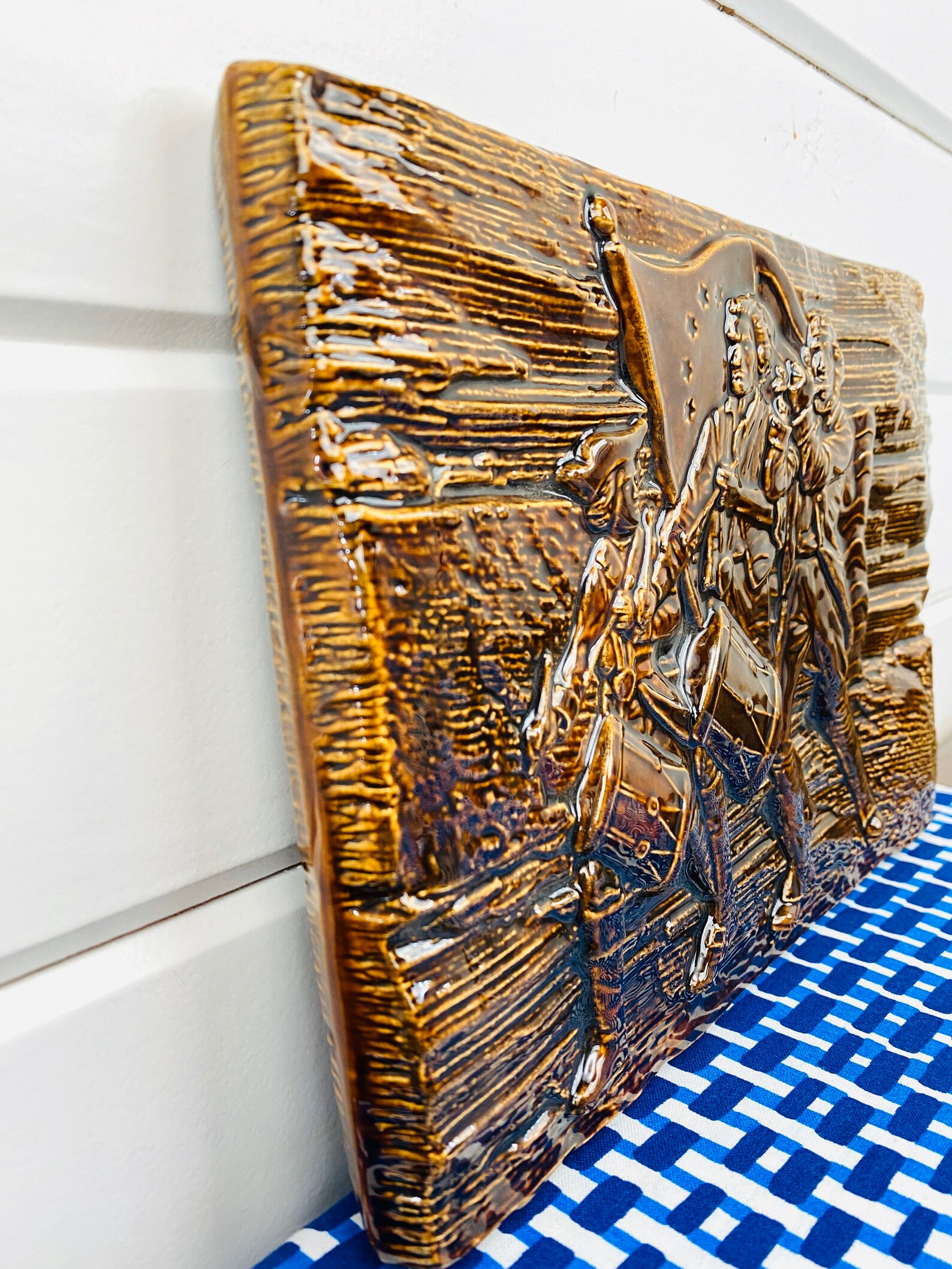

But humans have also used it for at least 1,000 years to help heal their injuries. Today, this tiny, star-shaped plant is known for its use in horticulture and biofuel, not to mention its starring role in preserving thousands-year-old "bog bodies" like the Tollund Man, which Smithsonian Magazine revisited last month.

Also known as sphagnum, peat moss thrives in cold, damp climates like those of the British Isles and northern Germany.
#Mustard plaster during civil war full#
What were the Allied Powers to do? A Scottish surgeon-and-botanist duo had an idea: stuff the wounds full of moss. But in the end, there simply wasn’t enough cotton-a substance that was already in high demand for uniforms and its recently discovered use as an explosive-to go around.

They tried everything from irrigating the wounds with chlorine solutions to creating bandages infused with carbolic acid, formaldehyde or mercury chloride, with varying degrees of success. And by December 1915, a British report warned that the thousands of wounded men were threatening to exhaust the material for bandages.ĭesperate to get their hands on something sterile that would keep wounds clear of infection, doctors started getting creative. Watson Cheyne of the Royal College of Surgeons of England noted with horror the “ great prevalence of sepsis,” the potentially life-threatening response triggered by a bad infection. In the last months of 1914, doctors like Sir. The First World War had just begun, and already the wounds were rotting on the battlefield.


 0 kommentar(er)
0 kommentar(er)
